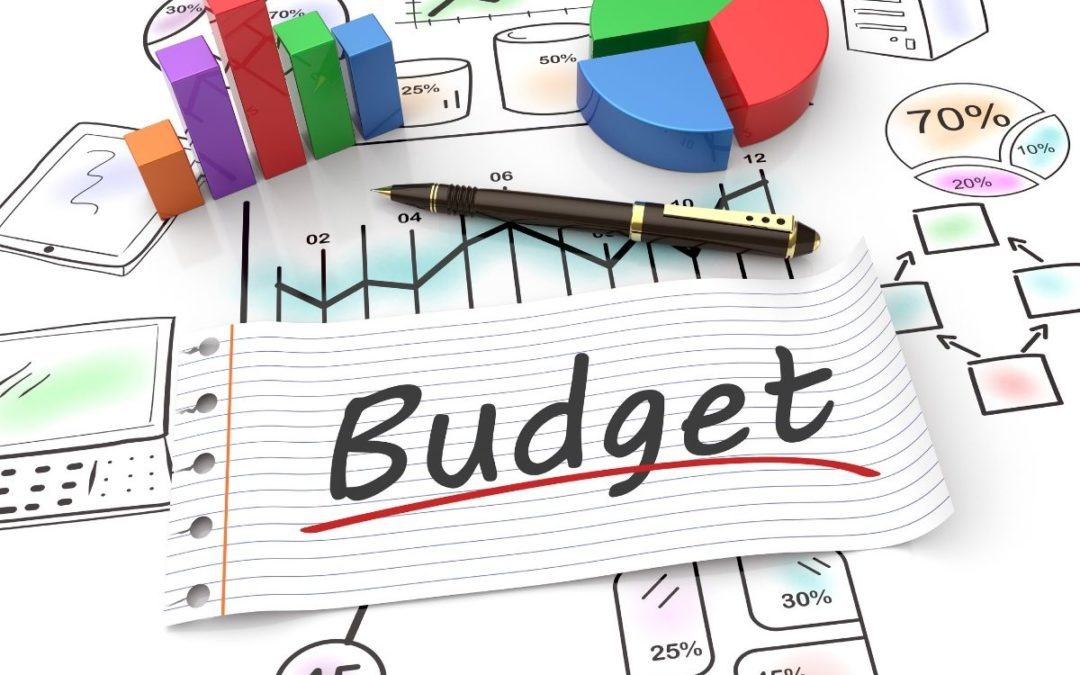Today people struggle with overspending and balancing a checkbook. Many people live outside their means and struggle to maintain a healthy level of savings. When the financial industry shifted from products to financial planning back in the 1970s there was a large emphasis placed on budgets. If you’re like me, budgeting can seem daunting, exhausting, and ineffective. There are variations such as the envelope system, limiting how much is spent in each category, and freezing credit cards to only spend cash.
The main purpose you should want to track spending is awareness. The awareness will provide you with control and opportunity for all aspirations in life. When you begin to track spending, you are breaking routine and building a new habit. Since habits are tedious you will need consistency and a reward. The problem with budgets is they attempt to create a habit concentrated on what you cannot spend. The emphasis on not spending money can put most people in a position where they feel they are being punished for spending the money they work hard to earn.
Let’s take a quick look at a Traditional Budget:
- Determine all categories that you can spend money on.
- Enter the amount of money that you feel that you should be spending in each category.
- After you reach the cap in that specific category then you must wait till the next month.
Sounds simple from a high-level overview. What happens is that these restrictions placed on each category can create negative feelings and behaviors. The purpose is easily forgotten when behaviors change and we can slip back into our old daily routine. The best way to view spending is to understand your limitations and be willing to adapt as circumstances change.
When people work with my team, there needs to be an established baseline. The word budget is removed, and we replace it with a spending plan. We want to manage our money effectively, not be controlled by money. Spending is messy and being flexible is key.
Let’s take a quick look at a Spending Plan:
- Create an Excel spreadsheet with all the categories in which you can spend money.
- My suggestion is to look at the categories online through your bank or credit card.
- Manually track your actual spending every 1-2 days for at least the first 90 days.
- We want to understand your current behavior around spending.
- In another column, there needs to be the word “Spending Plan” at the top. This column will be your anchor to see your actual spending compared to what you believe is happening.
- The numbers you enter in this column are what you believe to be spending.
- Each month you will be able to see the categories that you are over and underspending.
- After tracking your spending for at least 3 months there will be patterns established
- The best way to get a jump start is to look back in time over 3 months.
- From here you can adjust the amounts in your Spending Plan to increase or decrease for each category and make sure your money is going to the places that are getting you the best results.
Keep in mind that you need to actively track your spending. Automated systems are great, but they can create a disconnect with what is happening. If you would like to discuss setting up a spending plan for yourself, please complete the contact request form or email me directly at tseeko@westshorefinancial.com.

